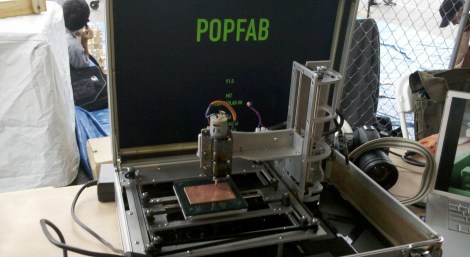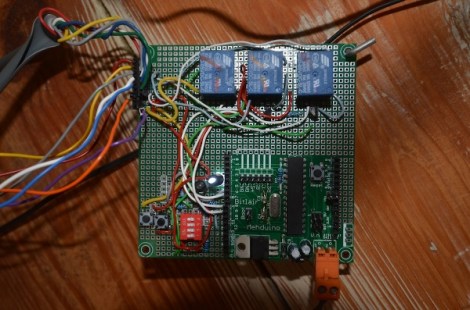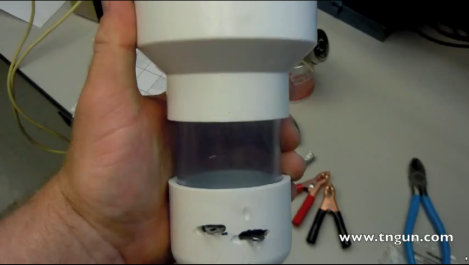[youtube=http://www.youtube.com/watch?v=UfAkdd9kXNY&w=470]
With a surplus of 3D printers at this year’s Maker Faire, it’s really surprising to see the most talked about tool among the makers is a simple oscilloscope.
[Gabriel Anzziani]’s Xprotolab is an extremely small oscilloscope, function generator, logic analyzer, and general 128×64 OLED display is the perfect addition to your next prototyping project. With its breadboard friendly format and USB output, it will dutifully serve as a 200kbps oscilloscope, 8 channel logic analyzer, or as seen in the video above, the perfect interface for a Wii Nunchuck or just a simple digital Etch-a-sketch.
In the video above the fold [Gabriel] shows off the functions of his tiny, if somewhat limited, OLED oscilloscope.














